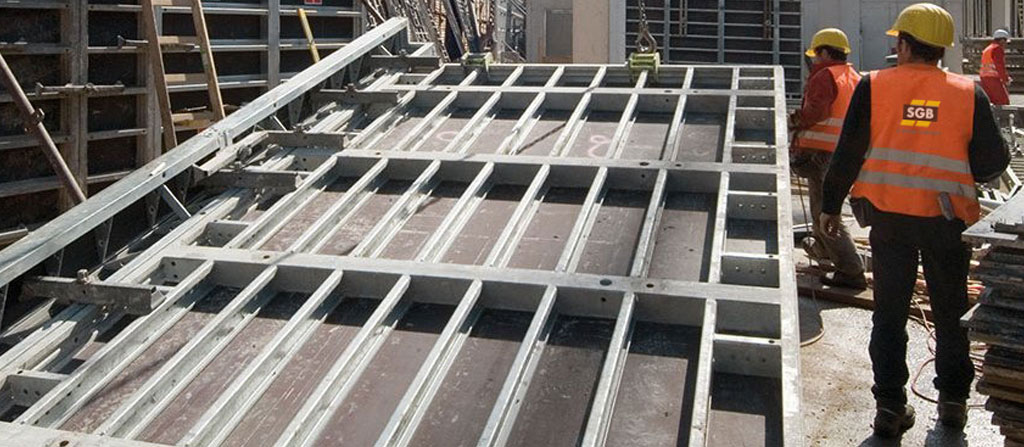What safety precautions should be taken when working with formwork?
Formwork, a temporary or permanent mould used in concrete construction, is vital for shaping structures. However, working with formwork involves risks that can lead to accidents and injuries if proper safety precautions are not observed. Ensuring the safety of workers and the structural integrity of the construction project requires adherence to specific safety measures. Here’s a comprehensive guide to the essential safety precautions for working with formwork.

Comprehensive Planning and Design
- Risk Assessment: Conduct thorough risk assessments to identify potential hazards associated with the formwork operations and implement measures to mitigate them.
- Design Review: Ensure the formwork design complies with all relevant safety standards and regulations, considering factors like load capacity, wind exposure, and access routes.
Quality Materials and Correct Assembly
- Material Inspection: Inspect all formwork materials and components for damage or defects before use. Compromised materials can lead to structural failures.
- Proper Assembly: Follow the manufacturer's guidelines for assembly to ensure the formwork system is correctly and securely constructed. Incorrect assembly can result in collapses.
Training and Competence
- Skilled Workers: Only allow trained and competent workers to assemble, alter, or dismantle formwork. Provide ongoing training to keep skills up to date.
- Clear Instructions: Ensure all workers understand their roles and the safety procedures related to formwork operations.
Safety Equipment and Protective Gear
- Personal Protective Equipment (PPE): Workers should wear appropriate PPE, including hard hats, safety boots, gloves, and high-visibility clothing.
- Fall Protection: Implement fall protection measures such as guardrails, safety nets, or personal fall arrest systems, especially when working at height.
Regular Inspections and Maintenance
- Pre-Use Checks: Conduct inspections of the formwork structure before each pour to ensure it is safe to use.
- Maintenance: Regularly maintain formwork components, repairing or replacing damaged parts promptly to keep the system in safe working condition.
Safe Work Practices
- Load Management: Avoid overloading formwork with equipment or materials beyond its designed load capacity.
- Weather Considerations: Monitor weather conditions, particularly wind speeds, which can affect the stability of formwork structures. Suspend operations if conditions become unsafe.
Emergency Preparedness
- Emergency Plans: Develop and communicate emergency response plans for potential incidents involving formwork, including rescue procedures for falls.
- First Aid: Ensure easy access to first aid facilities and trained personnel on-site.
Creating a Culture of Safety
Adhering to these safety precautions when working with formwork is not just about compliance; it's about fostering a culture of safety that protects workers and ensures the successful completion of construction projects. By prioritizing planning, training, and vigilance, construction teams can mitigate the risks associated with formwork operations, maintaining a safe and productive work environment.
